The Lakers, Suns, Timberwolves collectively stepped on the mine! Who can get rid of these this summer? "Hot potato"?
11:57pm, 8 June 2025Basketball
Every year during the offseason, the most lively thing in the NBA is not the signing of a player, but the secretly reviewing the "contract account book" of each team - some contracts are "profitable", but now it seems like a "hot potato". Today, we will look at the six most heart-wrenching "poison contracts" in the Panpan League, and see how these once "hot cakes" have become burdens to the team.
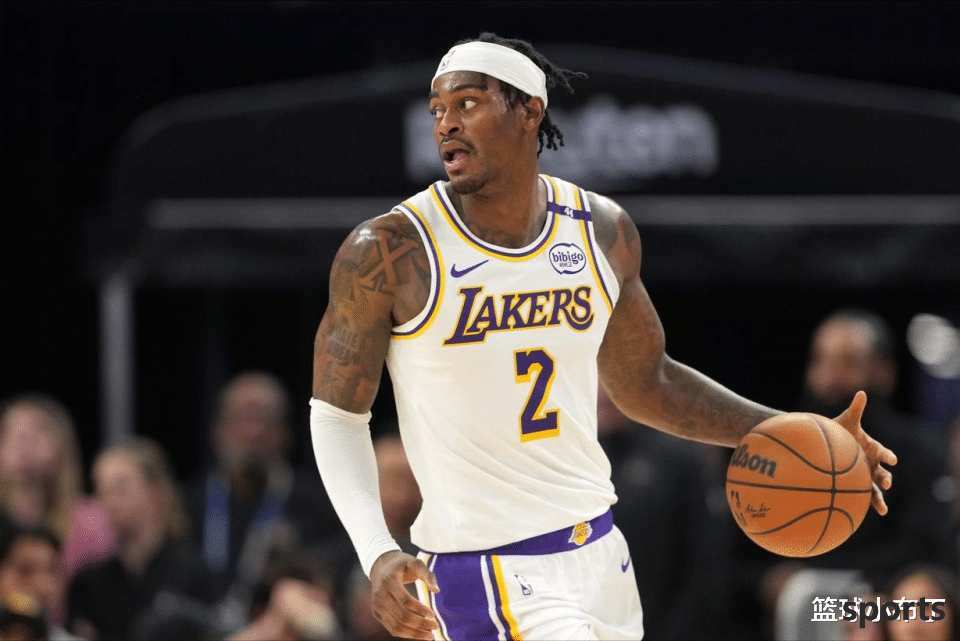
1. Lakers Vanderbilt: 48 million in 4 years, becoming a typical "glass attribute + single function"
Lakers fans now mention Vanderbilt, probably have to shake their heads. The Lakers renewed his contract with 48 million in four years and were expected to be the core of the forward defense. What was the result? He has played 65 games in the last two seasons - heel bursitis has been repeatedly erratic and does not dare to go back to back.
Defense is indeed online (the 2023 playoffs and mid-season championships have proved its leadership defense ability), but the offensive end is completely "invisible": 28.8% of career three-pointers, 63.8% of free throws, and the opponent directly lets him shoot, with a tactical value of almost 0. What's even more heartbreaking is that the Lakers now have more comprehensive offenses and DFS who can play in the 5th position of the small ball, and Van Debiao can't even keep the rotation.
The last year of this contract is still a player option. If the Lakers want to dump him now, they probably have to take the second round pick - 48 million to buy a "glass defensive engineer" and this deal is a loss.

2, 76ers George: 200 million maximum salary becomes a shackle, offense and defense deterioration + off-field distraction
35-year-old George joined 76ers with a maximum salary of 212 million maximum salary in four years last summer. Now this contract looks like a big stone. He only played 41 games this season, shooting 43%/36%/81% in three events, averaging 16.2 points per game - this data is even worse than the middle class.
The defense is even more miserable: the horizontal movement is so slow that it cannot prevent the small man, and the backcourt combination with Maxi is unlimitedly targeted by the opponent; off-court he is also addicted to podcasts, publicly complaining about the team's conflicts, and the atmosphere in the locker room is affected.
The most embarrassing thing is that he promised to lead the championship for the Thunder and Pacers, but the two teams met in the finals this year, and his 76ers didn't even make the playoffs. In the next four years, George's salary will rise to 56 million (2028), and 76ers are afraid that this contract will lock in the reinforcement space.
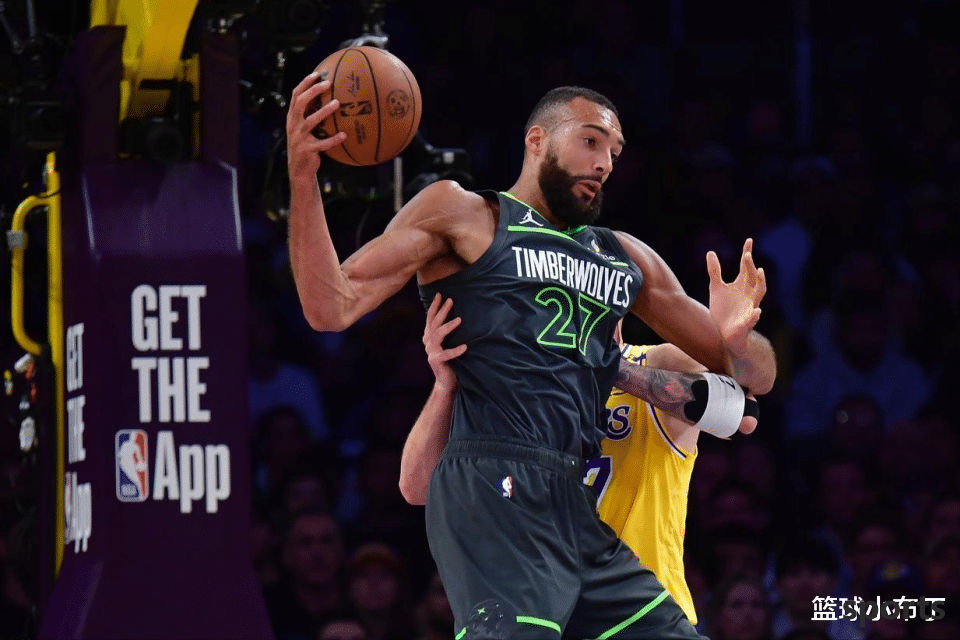
3. Timberwolf Gobert: 110 million yuan in three years, DPOTY became a "space black hole"
4th DPOY Gobert, just signed a three-year, 110 million yuan contract extension last summer, and now it seems that it is still alive. In the Western Conference Finals, the combination of him and Edwards directly "blocked" the offensive space - Gobert did not make a three-pointer, the opponent narrowed his defense line, and Edwards had nowhere to break through; the defense was trained by the opponent on the defensive end, and the change of defense was ineffective, O'Neal complained that he "defense was limited to protecting the basket".
The Timberwolves sent Kessler, who was the best defensive team, away for him. Now they want to regret it? Kessler has long become the core of Jazz, what did the Gray Wolf get for it? This contract average salary is 35 million. Is Gobert's performance really worth it?
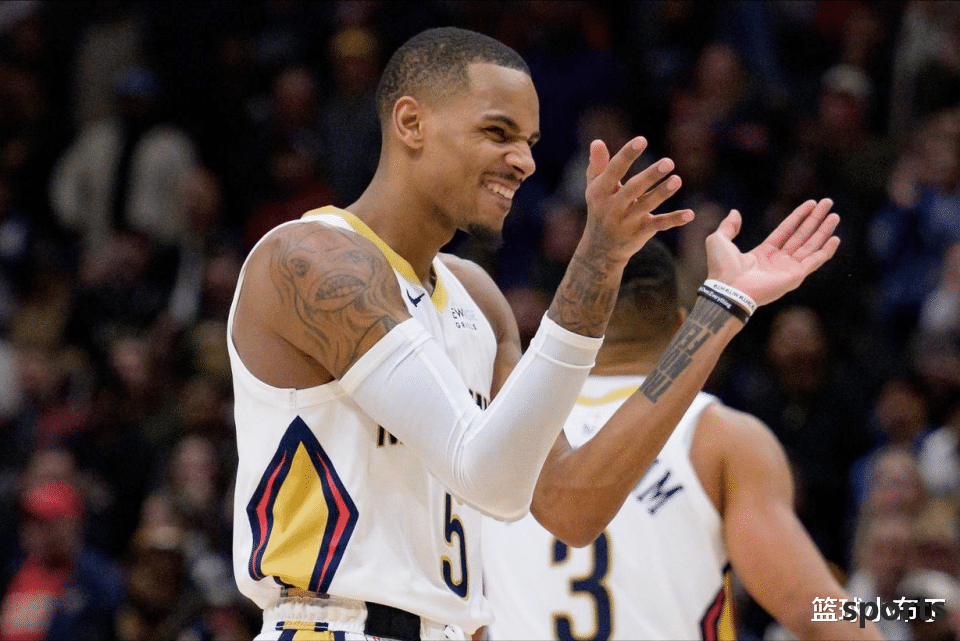
4. Pelicans Murray: Average salary of 30 million, efficiency plummeted + injury attacks
Marshall was sold to the Pelicans by the Hawks last season. The contract was 114 million yuan in four years (average salary of 28.5 million yuan), but now, the money is spent unjustly. When he was with the Hawks, he averaged 22.5 points, 5.3 rebounds, 6.4 assists, with a usable rate of 28.4%, and his real shooting percentage was only 55.1%. After coming to the Pelicans, he had a more outrageous shooting percentage of 39%/30%/82% in three events, and his offensive efficiency was so low.
What's even worse is that he has suffered a serious injury this season, and his defensive ability may decline after injury. For his compatibility, the Pelicans even sold Ingram at a low price, but the offensive system stagnated - if he still couldn't prove himself next season, the contract would probably become a "poison".
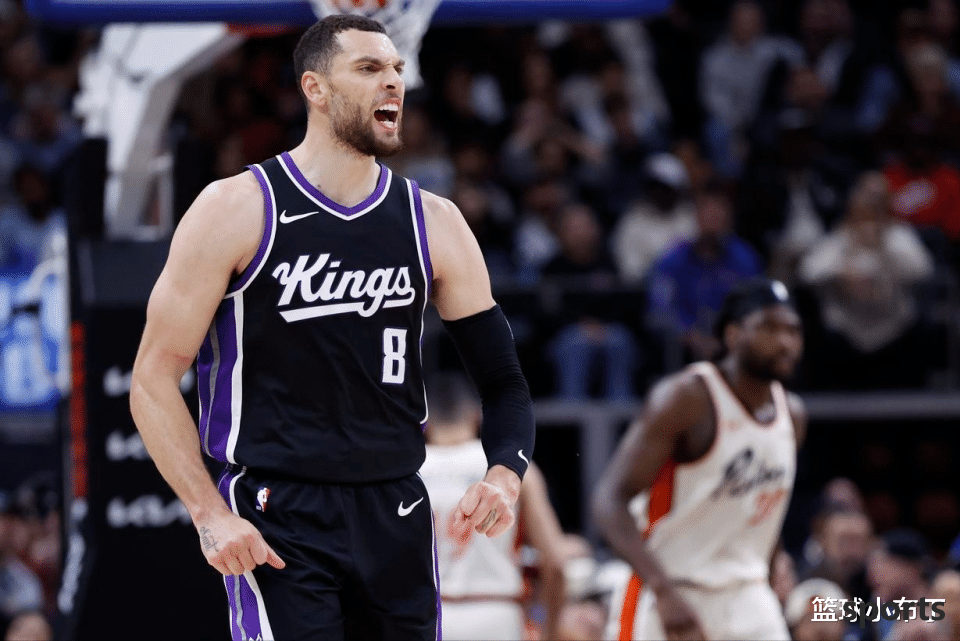
5. King Laven: 215 million contract, data brush + winning paradox
Laven's 5-year 215 million contract has now become the king's nightmare. This season, he joined the Kings, with a plus-minus value of -3.8 on the court, which was directly dragged down - the Kings' luxurious lineup did not make it to the playoffs!
This guy's "winning paradox" is also a unique one: when he was at the Bulls, he was absent from the team's winning rate was 52.4%, and after he returned, he 42.3%; this phenomenon continues after coming to the King. The offense relies on high attacks to build data (performed 24.8 shots per game last season), and the real positive and negative values of defense are at the bottom all year round. Last year, he only played 25 games due to foot injuries. The king will rebuild in the future, want to dump him? I guess I have to take the first round of picks.
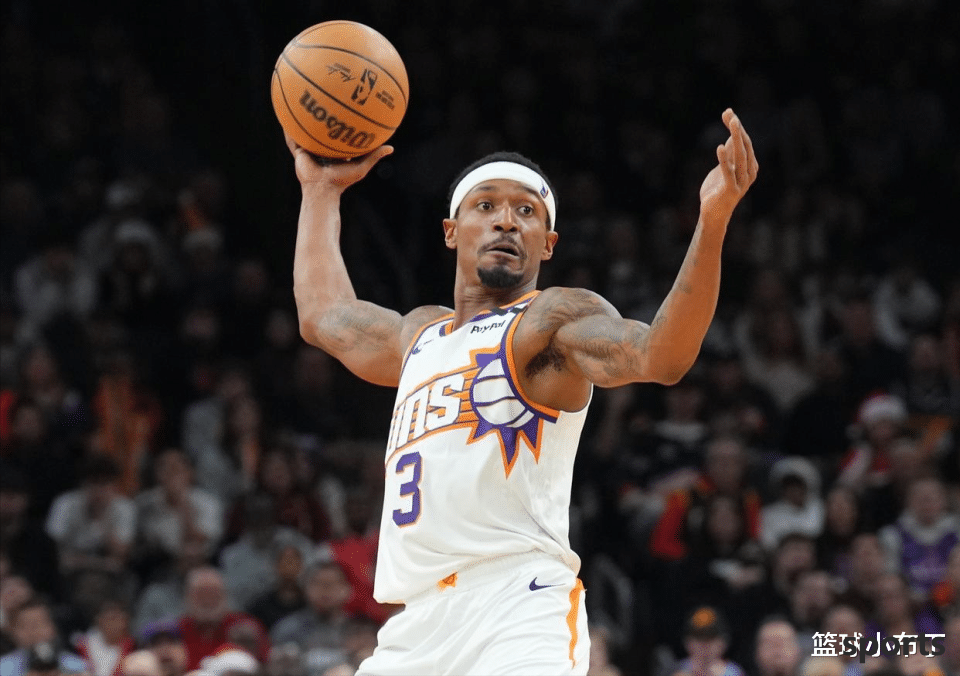
6. Sun Bill: 251 million+trade veto, becoming the fuse of the collapse of the Big Three
Bill's five-year 251 million contract (including transaction veto), now becomes the Sun's "time bomb". KD may leave the team this summer, and Bill's contract directly restricts the Suns' operations - he has refused to be traded to the Bucks, and the management has to look at his face when making decisions.
In fact, his functions overlap is even more deadly: Bill, Booker, and KD all have to hold the ball, their offense is concentrated in the middle distance, and their assist rate is 19.7%; their defense is the bottom line, and their injuries are repeated (the attendance rate in the past four seasons is 60%), and their three-pointers without the ball are only 39.1%. His salary will exceed 110 million in the next two years, and it will be even more difficult for the Suns to dismantle the team, so it is even more difficult to keep it. Behind the poison contract is the management's six major contracts, which are essentially the products of the management's "success and instant benefits": in order to win the championship in the short term, they ignore the players' age, injuries, and functional adaptability, and the team is locked in the embarrassing situation of "no up or down".
Now the league is a buyer's market, and it is difficult to get rid of these contracts - George may have to pay a draft pick, Lavine has to take the first round pick, and Bill is even more "just looking at his face" transaction.
Finally, I want to say to the management: Before signing a large contract, look at the players' "long-term value" more - those with good data are not necessarily "hot cakes". Single functions, glass attributes, and winning paradox are the deadliest "poisons".
7m.cn livescore 2 in 1Related Posts
- The Clippers lost in the seventh quarter! The Clippers miserable defeat in the Nuggets exposed two incredible and three indisputable facts!
- Nets sign Chinese star, there are three more places in Rockets training camp, Beverly seeks jobs
- The general was arrested and imprisoned for up to 15 years. The 45-year-old No. 1 pick celebrates publicly: Today is my birthday
- Clippers news: Harden shows leadership temperament, new players express their sacrifice, Paul may delay retirement
- Shepard s 16+9 mistakes in 44 in two games have attracted heated discussion: Body language is bad, complain too much about fear and confrontation
- The state can only be regarded as satisfactory! Have the contract renewal negotiations affected the performance of the Rockets new star?
- Yang Hansen won his first victory with 2+1+2 blocks: Showing dunks + consecutive blocks, setting multiple NBA records
- Alexander s monologue: I m the strongest blade of Thunder
- It s still here! Famous reporter revealed that the Lakers will trade Reeves, and the most ideal of the 11 next homes is the Heat
